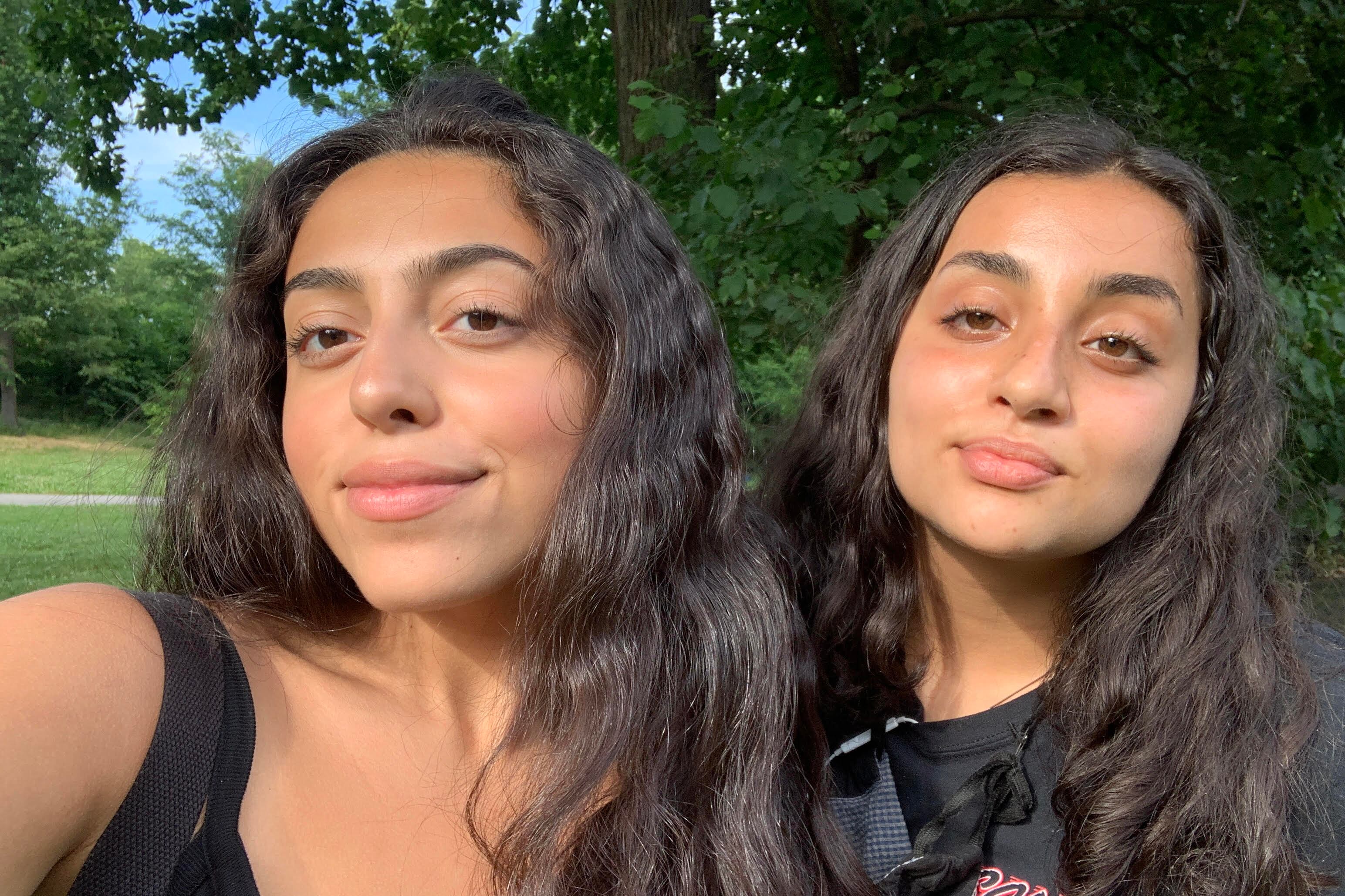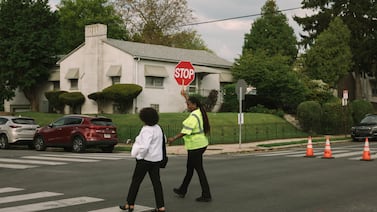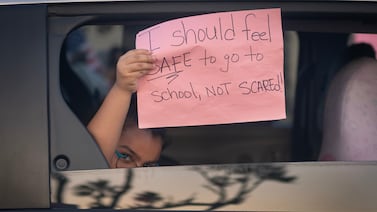When AnnaBelle Medina first started at the High School of American Studies at Lehman College in the Bronx, she felt like an outsider.
As a student of color in a predominantly white school, she recalls experiencing “culture shock.” She also felt less prepared than her peers to navigate her high school, which is one of the city’s eight elite specialized high schools, most of them relying solely on a test for admission.
“I just felt really different from a lot of the students in my school … like I was the only one that didn’t know that we were supposed to start internships and things like that to boost our resumes,” Medina said.
So Medina, who is Ecuadorian, Puerto Rican, and Cuban, and fellow rising senior Aisha Baiocchi, who is Brazilian and Indian, decided to launch The Outsiders Guide. The website is for students attending specialized or competitive public high schools in New York, at which Black and Hispanic students are vastly underrepresented. At Lehman, 59% of the student body is white, according to data from the Department of Education. Only 4% of students are Black, and 10% are Hispanic.
After initially getting the idea for the site in late May, Baiocchi reached out to Medina and asked her to contribute posts. The two have been working through the summer — a summer that has seen widespread anti-racism protests — to create a platform where students of color could share advice and stories with each other. The site went live June 20, and the founders say they’ve gotten positive feedback from students of color and white students alike.
Black and Hispanic students make up roughly 70% of New York’s public school students, but they account for just a small portion of students at its elite specialized high schools. This year, only 4.5% of specialized high school offers went to Black students and only 6.6% went to Hispanic students. These students are also underrepresented at many of the city’s high schools that use selective admissions screens, such as grades, test scores and attendance.
The admissions process for the district’s specialized high schools, which include Stuyvesant, Bronx Science, and Brooklyn Tech, has long sparked controversy and demands for integration.
The Outsiders Guide includes advice, information, and testimonies from students of color. Topics on the website range from the college admissions process to extracurriculars. The website also features a news section, a culture section, and a blog that is updated weekly with posts from high school and college students.
Baiocchi previously tutored younger students who were preparing to take the specialized high school admissions test, known as the SHSAT. Many of them were students of color. While she was proud that many of them got in, she was also scared for them.
“There’s a huge gap,” Baiocchi said.
She recalled having to learn how to properly take notes through trial and error, while some of her peers had already learned in middle school. Because Baiocchi had to go through that learning process, she didn’t do as well as she could have, she said.
“I remember how hard it was for me to adjust … There’s so much new information that they would have to learn by themselves. I wanted to create some sort of resources that would help them, but also just any other students.”
As protests against racism and police brutality spread throughout the country following the police killing of George Floyd, Medina and Baiocchi have found a deeper sense of purpose in the site. It’s made them want to do even more outreach to ensure students of color are as prepared to attend high school as their white counterparts, Medina said.
The website is “our way of activism in a sense,” she said. “A lot of the reason this had to be created is because there’s a lot of education inequality, and a lot of times that has to do with your socioeconomic status, with your race. … This is a way that we’re trying to fight back against that.”
Baiocchi has realized that her experiences are not unique to her school and exist throughout the district in different ways.
In order to prioritize the needs of students when creating the site, Baiocchi started with a master list of potential topics to include. She then circulated that list to her friends, who added to it. From there, they sought out students to write about topics they felt they were experts in, or about things they wish they had known. For example, one of Baiocchi’s older friends who won the Posse scholarship wrote a post about it.
Baiocchi said that while she wouldn’t call most of the students at her school racist, it was still an adjustment to attend a majority-white school and deal with things like microaggressions. Microaggressions are defined as insults or put-downs toward marginalized groups from people who are often unaware of their offense. For example, teachers often mispronounce Baiocchi’s name despite being corrected. Medina also recalls being called “Maria” by one of her teachers who never learned her real name.
“In some ways, the culture is just really unfamiliar and experiences are really, really hard. It’s really hard to know what to do when you first face those experiences,” Baiocchi said.
The personal experiences shared on the website help make it more than a repository of information.
“We both agreed that it would be super inspiring for younger students to see these people that are super successful,” Medina said, “so that maybe it could inspire them to do similar things or even just help get them through high school.”






